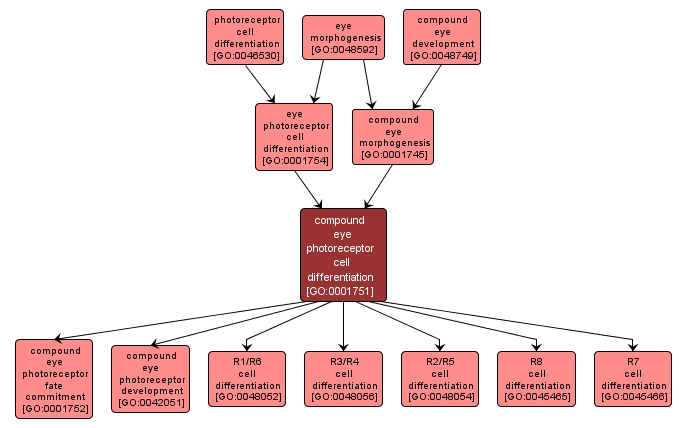GO TERM SUMMARY
|
| Name: |
compound eye photoreceptor cell differentiation |
| Acc: |
GO:0001751 |
| Aspect: |
Biological Process |
| Desc: |
The process whereby a relatively unspecialized cell acquires the specialized features of an eye photoreceptor cell. |
|

|
INTERACTIVE GO GRAPH
|














